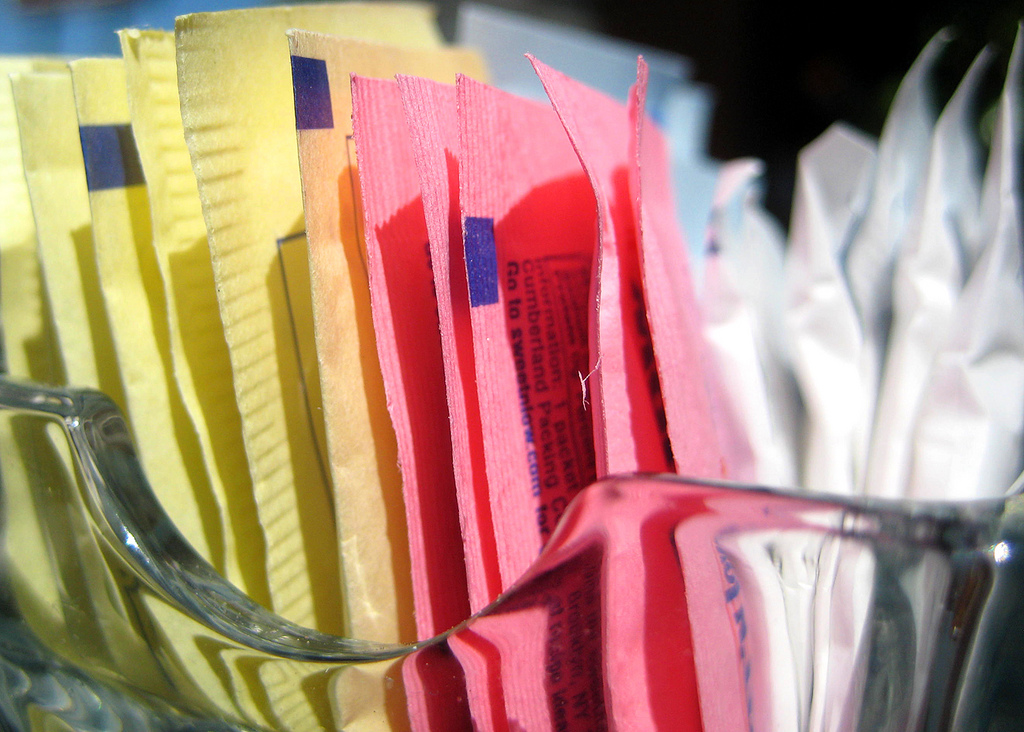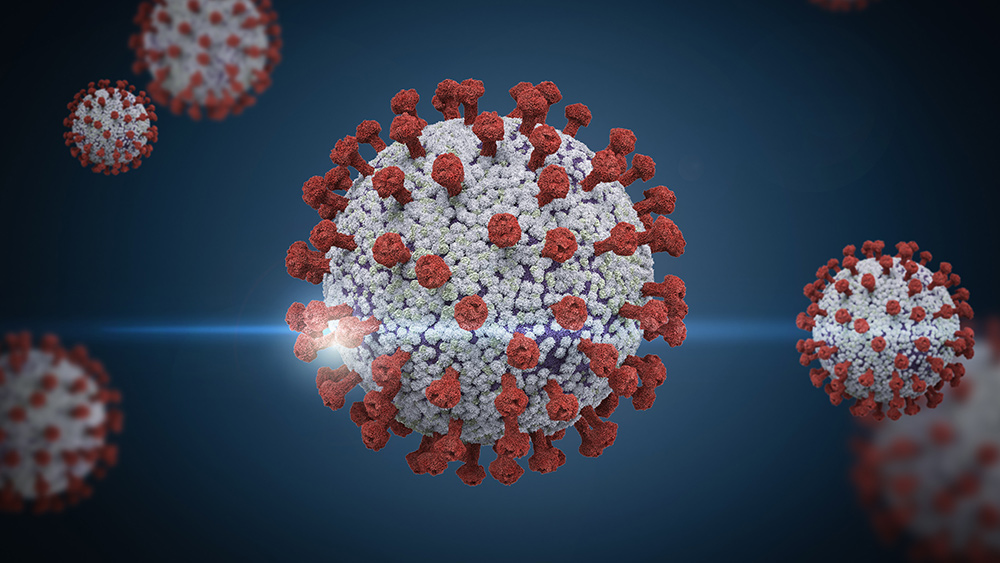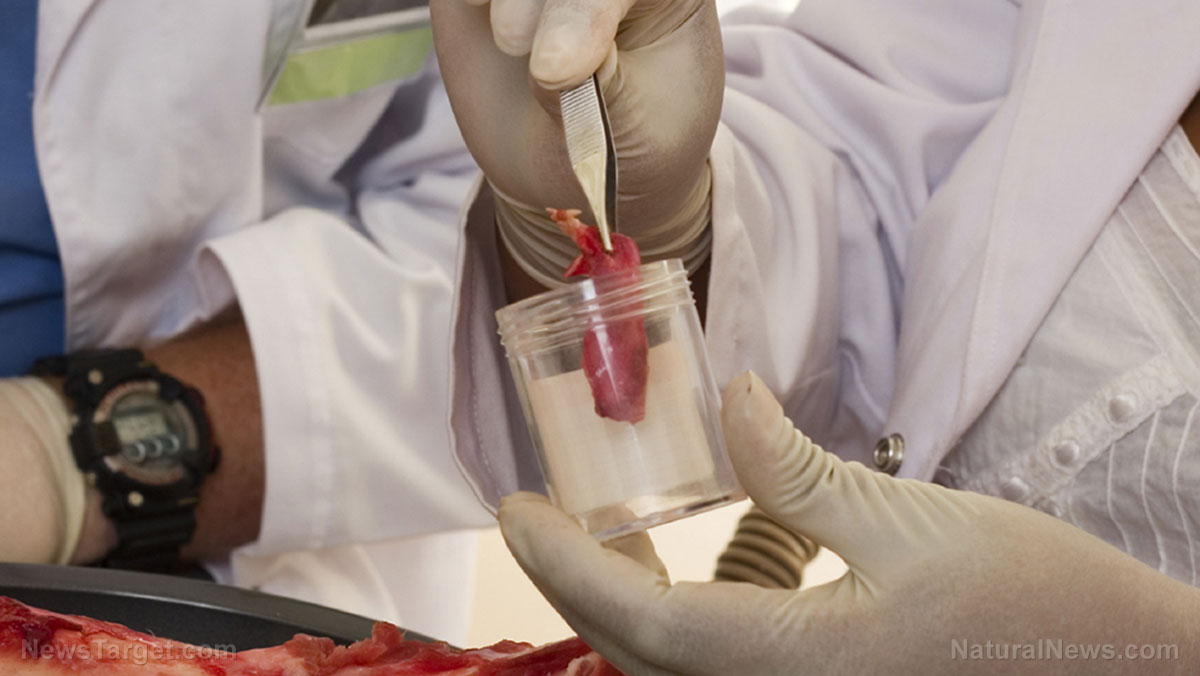Study reveals how mystery chemicals in plastics can cause obesity
04/11/2022 / By Zoey Sky

It’s no secret that exposure to plastic pollution is bad for your health. According to a study published in the journal Environmental Science and Technology, certain chemicals in plastics can also cause the growth of fat cells.
For the study, researchers tested 34 common plastic products, such as bath slippers, yogurt cups, kitchen sponges and placemats. Results revealed that one-third of the plastic products contained chemicals that induced the growth of fat cells in the lab.
Mystery chemicals in plastics and obesity
According to Martin Wagner, study co-author and associate professor at the Norwegian University of Science and Technology (NTNU), the most important finding is that everyday plastic products contain chemicals that can disrupt metabolism via a process called adipogenesis.
Wagner warned that adipogenesis is considered “the first step toward developing obesity or becoming overweight later.”
Using mass spectrometry, researchers identified the chemicals present in 34 common plastic items and analyzed the major types of plastic polymers. Findings revealed that there were a total of 55,300 distinct chemical features in the tested items, but the scientists were only able to identify 629 of them.
Out of the 629 identified chemical features, there were 11 previously-known metabolism-disrupting chemicals (MDCs).
Next, the research team tested whether or not exposure to the plastics would encourage precursor cells to transform into fat cells. According to the findings, some of the plastics that encouraged fat-cell growth had one of the 11 known MDCs in their chemical makeup, but others didn’t.
Johannes Volker, first-study author from NTNU’s Department of Biology, warned that there’s a chance it’s not chemicals like BPA that are causing these metabolic disturbances. In fact, there may be plastic chemicals other than the ones already studied that are contributing to overweight and obesity.
Tracing the causes of obesity
The NTNU study adds to a growing body of research that traces other potential causes of the obesity pandemic other than poor diets and sedentary lifestyles.
Data suggests that at least thrice as many people are obese today compared to 1975, and this is a major public health concern. Obesity is often linked to many of the most common causes of death like cancer and heart disease, and it can also increase your risk of contracting infections like Wuhan coronavirus (COVID-19).
Initially, health experts believed that obesity was caused by a mix of genetics and lifestyle factors. However, this doesn’t explain all the data.
According to a 2016 study, the body mass index (BMI) for 36,377 adults in the U.S. between 1988 and 2006 rose by as much as 2.3kg/m(2) even when their caloric intake and physical activity stayed constant. This made researchers realize that there must be another factor causing weight gain.
One potential factor they considered was chemicals that affect the endocrine system, which controls your appetite, metabolism and weight.
The researchers said that the link between endocrine disruption and obesity resulted in the “obesogen hypothesis,” which posits that environmental chemicals or obesogens are linked to obesity.
Data also suggests that pesticides are another potential source of exposure to these chemicals.
In a 2021 study, scientists discovered that chlorpyrifos can slow the calorie-burning efforts of brown fat in mice. Unfortunately, plastics are an increasingly pervasive part of modern life. According to the obesogen hypothesis, like other public health and environmental problems, obesity won’t be solved by only appealing to personal responsibility.
Chemicals can leach from plastic food containers, especially those used to heat foods. Children can also chew on toys or items like plastic sponges.
The chemicals could pass through your skin if you wear plastic gloves or slippers. You might also inhale these plastic products. Some studies have confirmed that there are phthalates in household dust.
More studies can help determine if the chemical mixtures discovered in the study would encourage obesity in animals. However, it’s worth being more careful about exposure to plastic products since evidence from both animal and epidemiological studies suggests that BPA is strongly associated with obesity.
How to avoid “plastic weight”
But how can you ensure that the plastic products you use don’t cause weight gain?
Wagner warned that the MDC content of both PVC and polyurethane products “really stood out.” PVC is often found in flooring and placemats, while polyurethane is a foam used for insulation but also other soft materials like sponges. (Related: Plastic particles in fish a cause for concern.)
Avoid polymers like PVC and polyurethane and keep them away from babies and young children.
You should also consume more whole foods and fewer processed and packaged foods that have lower urinary concentrations of BPS and phthalates. Processed meals, like fast food restaurants or boxed food products from grocery stores can be convenient, but they can contain high levels of phthalates.
For other polymers like polystyrene and polyethylene, which are often used in food containers, the results were more inconclusive. One polystyrene sample had very active MDCs, but the others did not. This can make things more difficult for shoppers who want to avoid these materials.
Because of these concerns, Wagner suggests that plastics manufacturers take the initiative to ensure consumer safety. After all, manufacturers can use polystyrene yogurt cups that don’t contain endocrine-disrupting chemicals or metabolism disrupting chemicals.
The NTNU team hopes to continue their research and identify which of the unknown chemicals they discovered are active MDCs. Findings of future studies can help regulators and manufacturers know what to look out for.
Wagner also suggested that plastic makers should focus on designing products that have simpler chemical recipes, especially if the industry succeeds in switching to a circular economy, since more chemicals usually have to be added to plastic when it is recycled and reused.
Watch the video below for tips on how to choose healthier food storage containers.
This video is from the Energy Matters, LLC channel on Brighteon.com.
More related stories:
Drowning in plastic: Hermit crabs are turning plastic waste into homes that are killing them.
Cut down your plastic footprint: 3 Ways to protect yourself from TOXIC plastic products.
Sources include:
Submit a correction >>
Tagged Under:
bisphenol A, BPA, discoveries, endocrine disruption, fight obesity, MDCs, metabolic health, metabolism disrupting chemicals, phthalates, plastics, polyurethane, products, PVC, research, toxic chemicals, toxic ingredients
This article may contain statements that reflect the opinion of the author
RECENT NEWS & ARTICLES
COPYRIGHT © 2017 INGREDIENTS NEWS




















